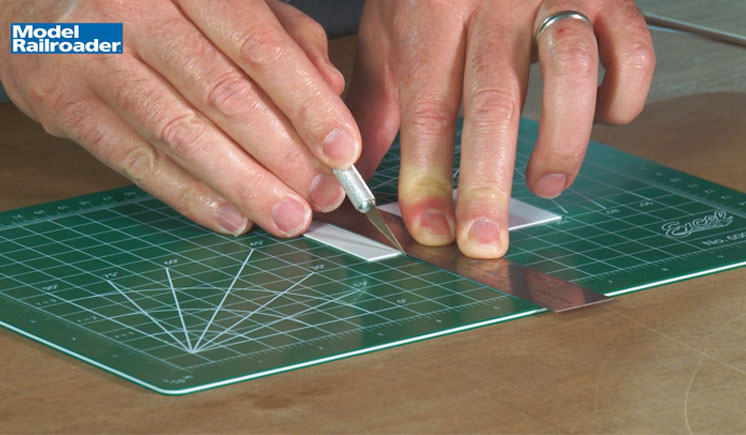
Having trouble viewing this video? Please visit our Video FAQ page A self-healing cutting mat is a useful addition to any model railroader’s workshop. Model Railroader associate editor Eric White shows some of his favorite features of this self-healing cutting mat from the Kalmbach Hobby Store. […]
Read More…

Having trouble viewing this video? Please visit our Video FAQ page A self-healing cutting mat is a useful addition to any model railroader’s workshop. Model Railroader associate editor Eric White shows some of his favorite features of this self-healing cutting mat from the Kalmbach Hobby Store. […]
Read More…
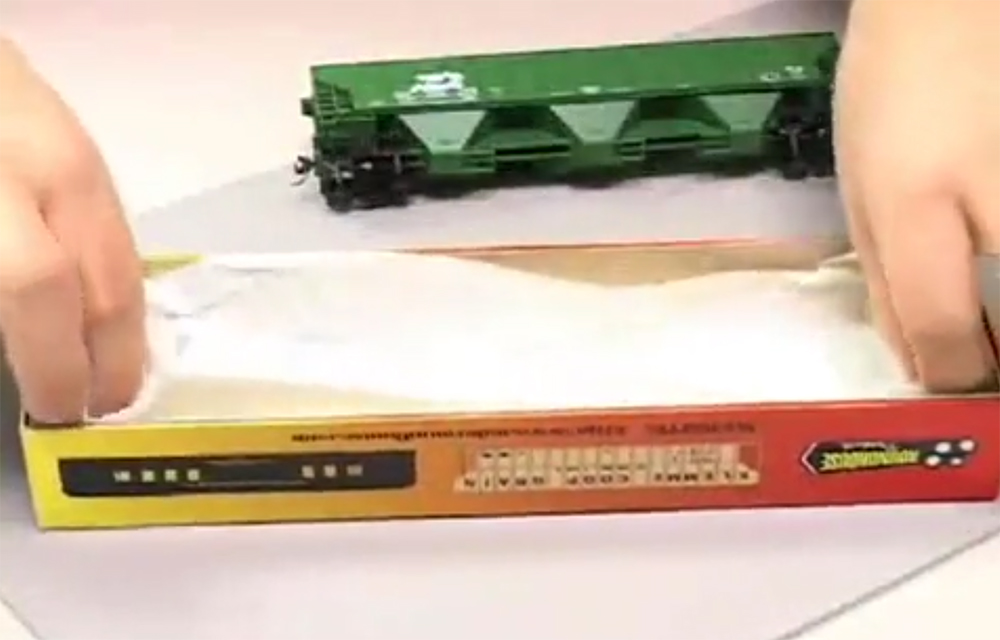
Having trouble viewing this video? Please visit our Video FAQ page Model Railroader associate editor Cody Grivno shows the best way to pack up your model trains so the cars and paint won’t get damaged. […]
Read More…

Having trouble viewing this video? Please visit our Video FAQ page Model Railroader associate editor Cody Grivno shows the best way to pack up your model trains so the cars and paint won’t get damaged. […]
Read More…
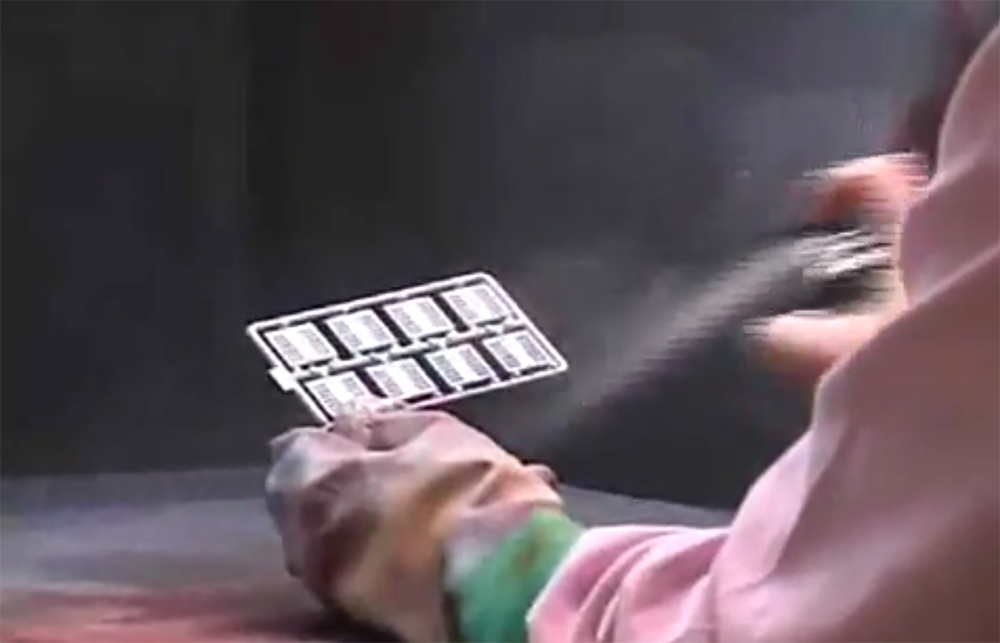
Having trouble viewing this video? Please visit our Video FAQ page Model Railroader managing editor David Popp shows how to prepare plastic parts for painting. […]
Read More…

Having trouble viewing this video? Please visit our Video FAQ page Model Railroader managing editor David Popp shows how to prepare plastic parts for painting. […]
Read More…
Q How do railroads figure how much power is necessary for a train?– Richard Panarese, Mesa, Ariz.A Railroads determine power needed for a train based on the route, and the train’s weight and priority. BNSF, for instance, considers the “horsepower per ton” required based on what officials call the train’s “transportation service plan.” The transportation […]
Read More…
Q In March Trains, an article on the demise of semaphore signals on the former Monon [Page 14] mentioned that CSX was doing away with lineside pole lines and their maintenance. It said the new system will use Electro Code, a system where signal communications run through the rails. How is this done?– Richard K. […]
Read More…
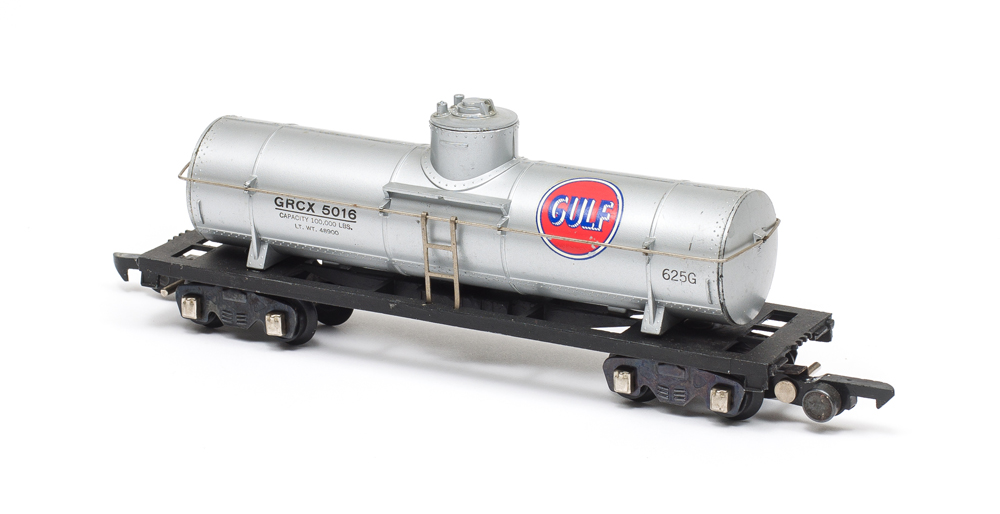
Q: Can you suggest how to safely remove the white residue that builds up on the bottom of my American Flyer rolling stock? – Bruce K. Davis, Youngwood, PA A: We receive this question several times a year. For some reason this white residue problem is more common with American Flyer S gauge trains of […]
Read More…
Q: I have Marx and Lionel trains and accessories, both old and new. How do I store them so that my daughters and I can enjoy them when we move to a new home with more space? My house has just two levels and three bedrooms. We live in Maryland and the temperature and humidity […]
Read More…

Marc Horovitz Download a track plan of the Middleboro project railroad, the subject of our new booklet, “A garden railroad you can build.” Click here to download a PDF version of the Middleboro track plan. […]
Read More…
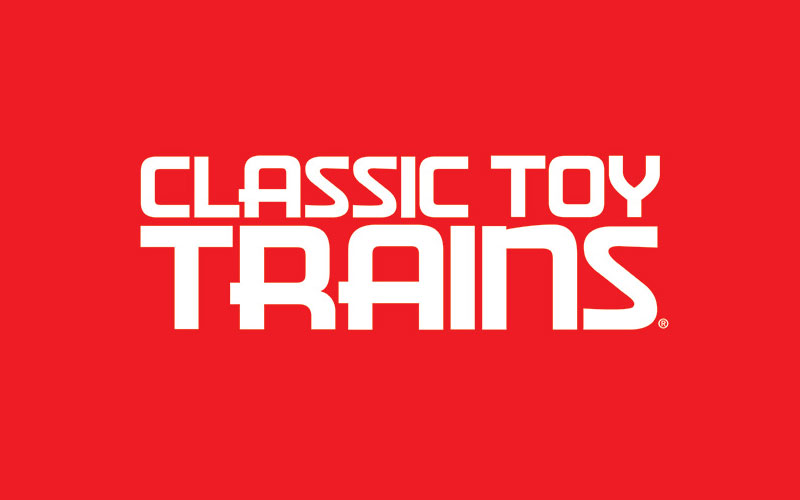
Q: I have a Lionel No. 364 conveyor belt log loader which was received as a gift in the 1940s or early 1950s. The red conveyor belt has disintegrated over time and I would like to know how to service the accessory to get it back into operation. Also, I would appreciate knowing the approximate […]
Read More…






